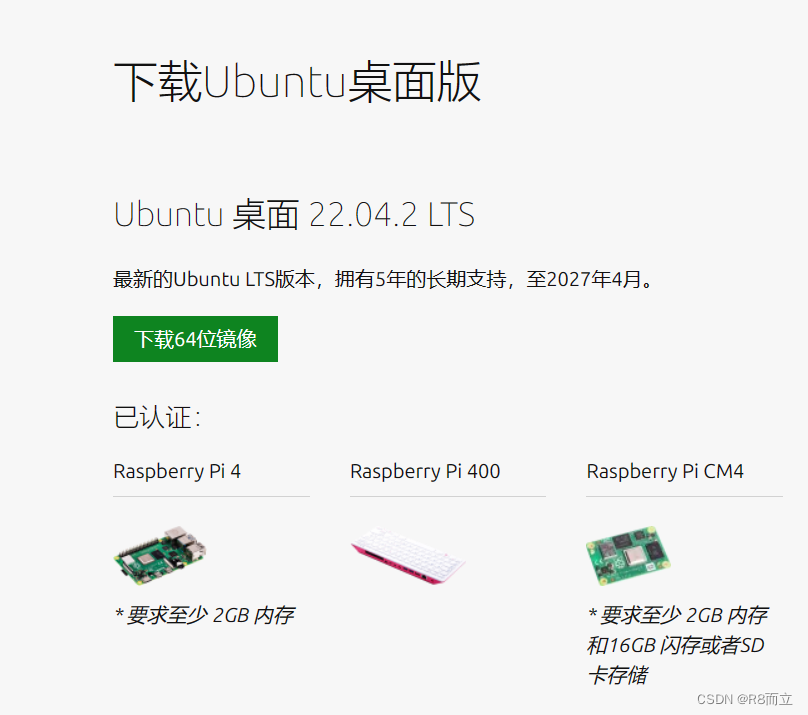Prepare:
Raspberry Pi 4b
Ubuntu 22.04.2
T265
When I started playing with Raspberry Pi and T265, it took me a long time to configure the environment, and various errors were reported. If I want to configure a stable and error-free system without familiarity with these, I have to keep trying. After reinstalling the Ubuntu system 10 times, I have summed up a configuration method, you can see the 2D and 3D images of T265 in realsense-viewer
1. Install Ubuntu22.04.2
Install Ubuntu on Raspberry Pi | Ubuntu

After the system is installed and configured, if it is an external small screen, my suggestion is to set it to never turn off the screen, and then it is best to install some physical cooling on the Raspberry Pi, because the entire configuration will take several hours
2. Configuration environment
Many blogs have mentioned the need for Swap partitions, but my Raspberry Pi 4b memory 4g is useless. If the configuration is higher than mine or like mine, it is not necessary to partition, at least when I configure it, there is no partition
Note : It is best to do it in an environment with a good network, or connect to a mobile phone hotspot throughout the process
step1:
renew
sudo apt-get updatestep2:
install dependencies
sudo apt-get install git cmake libssl-dev libusb-1.0-0-dev pkg-config libgtk-3-dev libglfw3-dev libgl1-mesa-dev libglu1-mesa-devstep3:
Used to cancel the global (global) Git proxy settings
git config --global --unset http.proxy
git config --global --unset https.proxystep4:
Download Realsense SDK
git clone https://github.com/IntelRealSense/librealsense.git
step5:
Compile preparation
cd librealsense
mkdir build && cd build
Install the build-essential toolset, which contains the tools and libraries needed to compile and build software
sudo apt-get install -y build-essentialThen
cmake ..step6:
Compile and install
make
sudo make installMake compilation takes 1 or 2 hours, my suggestion is to play ball for a while
step7:
Set udev rules
Be careful not to plug in the T265
Back to parent file
cd ..sudo ./scripts/setup_udev_rules.sh
step8:
verify installation
Plug in the T265 at this time
rs-enumerate-devices
If there is information, it means success
Then you can use the visual interface to view the T265 screen:
realsense-viewerAfter opening the visual interface, you may not be able to see the screen and there are two error reports. At this time, let’s not close the visual interface. We unplug the T265 from the Raspberry Pi and then plug it in. After a while, it will prompt that the T265 is detected. you can see the screen
At this point, even if the environment is configured, if you want to obtain T265 data later, you need to install other libraries, such as ROS, OpenCV
The following is the blog I mainly based on when configuring the environment:
https://blog.csdn.net/WHU_StudentZhong/article/details/120762608